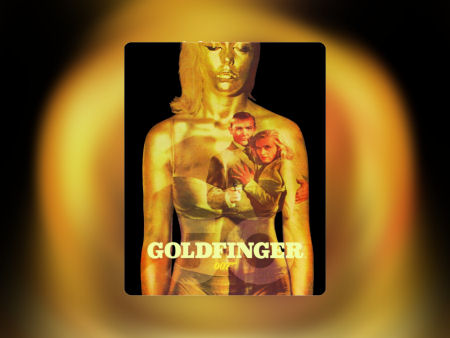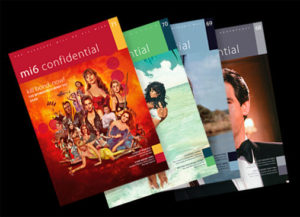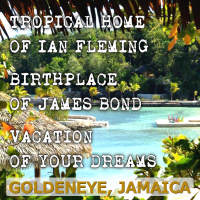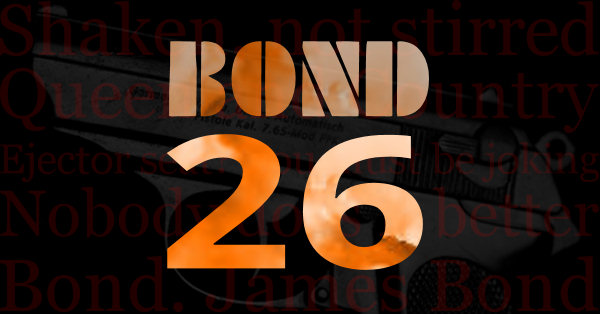After the success of Dr No and From Russia With Love came Goldfinger, with a new director, a budget equal to the first two films combined, and a plot significantly improved from the novel. Here we look at how Goldfinger was brought to the big screen.

After the success of the first two films, Terence Young turned down the third James Bond film after failing to reach an agreement on compensation. Young had been instrumental in shaping the first two films of the series and in knocking the rough edges off Sean Connery to help him step into 007’s shoes.
However, back came screenwriter Richard Maibaum for the third time, while Ken Adam returned as Production Designer after sitting out From Russia With Love. The film had a budget of $3 million, equal to that of Dr No and From Russia With Love combined, a large budget back in 1964 and the first true blockbuster Bond.
Ian Fleming visited the set in April 1964, but was never to see it screened. He died in August and missed out on the James Bond phenomenon at its peak in the mid 1960s.
Screenplay
The first draft of the screenplay was written by Richard Maibaum, who changed Goldfinger’s plot from stealing the gold to irradiating it using an atomic device. While playing on Cold War paranoia, this also made Goldfinger’s scheme more plausible; following the publication of Ian Fleming’s novel it was pointed out that it would have taken days to remove all the gold from Fort Knox.
Paul Dehn was brought in by Harry Saltzman to improve the first draft, with Maibaum brought back to write a further draft following protestations by Sean Connery, while Wolf Mankowitz suggested the scene in which Odd Job takes the car to be crushed to dispose of the body of Mr Solo.
Fearing the wrath of the US censor, the producers considered changing the name of iconic Bond Girl, Pussy Galore, to Kitty Galore. However, British newspapers were already referring to the character as “Pussy” and although the censor was concerned the name remained, although US promotional materials refer to the character as “Miss Galore”.
Filming locations
Goldfinger started witha five day shoot at the Fontainebleau Hotel in Florida on 20th January 1964 without Sean Connery, who was filming Marnie. Production then moved to Pinewood Studios, where sets were built for the Fontainebleu Hotel, the pre-title sequence in South America, and Goldfinger’s estate and factory.
Nearby Black Park and the road behind Pinewood’s Sound stages A and E (later named Goldfinger Avenue) were used to film the scenes involving Goldfinger’s henchmen chasing the Aston Martin, while RAF Northolt stood in for the US airports and the famous golf match between 007 and Goldfinger filmed at Stoke Park golf course.
Filming also took place at Southend Airport, while the second unit shot footage in Kentucky, while the main unit moved to Switzerland for Bond’s pursuit of Goldfinger’s Rolls Royce in the Alps, the Pilatus Aircraft factory standing in for Auric Enterprises and the scene in which Tilly Masterson attempts to shoot Goldfinger in the Furka Pass.
Cubby Broccoli also got permission to film around Fort Knox, although the film makers were not allowed inside. Instead Ken Adam allowed free rein with his imagination to provide some classic sets.
Broccoli also obtained permission for aerial filming, although being rebuked by the military when the pilots flew at 500 feet, rather than at 3,000 feet for which they had permission, in order to get the shots required.
Principal photography was completed on 11th July in Andermatt after nineteen weeks, although some additional photography was required in Kentucky just three weeks before release.
Release
Premiered at the Odeon Leicester Square on 17th August 1964 and on general release a day later, such was the demand for James Bond that Goldfinger recouped its entire budget within 2 weeks of release.
The US premiere was on 21st December at the DeMille Theater in New York, which was forced to stay open 24 hours a day in order to satisfy demand. Opening in 41 cities across the United States, Goldfinger eventually peaked at 485 screens.










